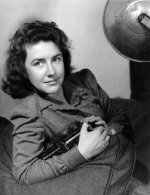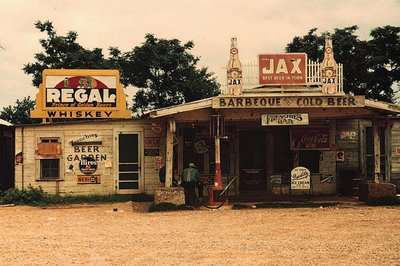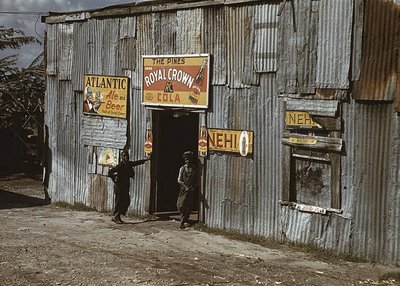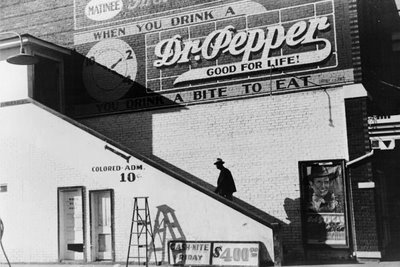Marion Post Wolcott
From the archives of the Farm Security Administration:
Dear Roy:
It gives me pleasure to give this note of introduction to Marion Post because I know her work well. She is a young photographer of considerable experience who has made a number of very good photographs on social themes in the South and elsewhere…I feel that if you have any place for a conscientious and talented photographer, you will do well to give her an opportunity.
Paul Strand  Marion Post was 29 years old when, on the basis of her portfolio and a letter of recommendation from Paul Strand, she was hired by Roy Stryker as one of the Farm Security Administration photographers. Although she also made photographs in other parts of the
Marion Post was 29 years old when, on the basis of her portfolio and a letter of recommendation from Paul Strand, she was hired by Roy Stryker as one of the Farm Security Administration photographers. Although she also made photographs in other parts of the
However, the color photographs extracted from government archives and published in the book Bound for Glory, show that she was also adept working in full color.

Marion Post Wolcott's work would be impressive under any circumstances, but it is all the more remarkable to think of her, a young woman traveling alone by automobile in the late 1930s, making photographs during daylight hours, processing film, cataloging and writing captions in the evenings.
That she was very much on her own is illustrated in part by excerpts of her letter of appointment from FSA head Stryker:
You will start at $2300 a year, with $5 a day expenses for the time you are in the field….You will receive 4 ½ cents a mile when you travel in your own car….We supply you with film, flashbulbs, and some equipment. If you desire a special camera, or cameras, I am afraid you will have to supply it at the present time….It is our desire to standardize as far as possible on the Leica Contax, and 3-1/4 x 4-1/4 Speed Graphic….
By all accounts, the attractive Miss Post was energetic, independent and strong-willed enough to handle the job. She described her job prior to the Farm Security Administration work:
When I took the FSA job, I already had battle scars. I had weathered…the first weeks as a female full-time staff photographer on the Philadelphia Evening Bulletin…The ten male photographers with whom I was to work, immediately put out their cigarette butts in my developer, spit in and hypoed it, probably peed in it; threw spit balls into my cubby-hole darkroom until my aim and speed became better than theirs. Finally, I exploded—telling them I was there to stay…I told them how and when I could be very useful to them, and that I needed their help in return; that they could teach me about a Speed Graphic and how to develop and print for a newspaper, that they could openly use their accustomed language and the four-letter words which I’d heard and used, and would welcome the opportunity to feel free to use them myself, again. That did it; we reached a truce…soon each one confidentially telling me that the others were wolves and he was going to be my protector.




0 Comments:
Post a Comment
<< Home